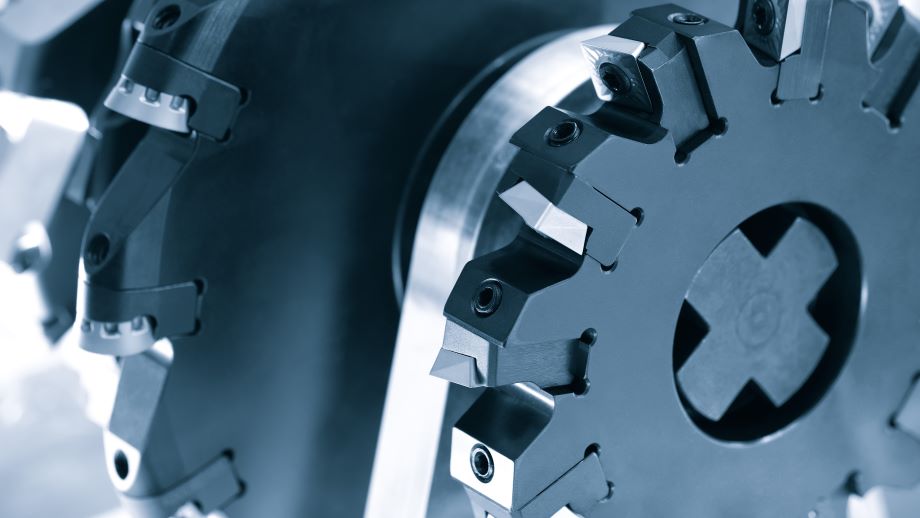A Racket for Engineers
A Racket for Engineers


Watching professional tennis now compared to 30 years ago, it's hard to even compare. That's because at times it's hard to even, well, see the ball. The increased speed of serves and ground strokes is undeniable and, though shot technique has changed and improved, it's clear that racket improvements are at the forefront of what changed the game forever.
And with more than a billion people playing tennis worldwide, there's much money to be made in continued improvement. Dr. Tom Allen, lecturer in engineering design at the Centre for Sports Engineering Research, Sheffield Hallam University, UK, has actually made a career out of analyzing what makes a stronger racket. In fact, his PhD was sponsored by Prince, among the most recognizable companies in all of tennis products.
"I got into this because I liked the idea of mixing tennis and engineering in terms of applying finite analysis," he says. "I'm constantly looking at numbers based on programs and also seeing players in action. Improvements never end."
But where did the growth in racket technology, which led to the lightning-fast game we see today, really start? "It's been a slow transition," Allen says. "It started with wooden rackets, then laminated, then reinforced around the throat and, of course, the Howard Head and the Dunlop Max 200G."
The Howard Head model brought on an increase in racket head size, allowing players to get to balls they'd otherwise fall short of, while the Dunlop had greater control because you could precisely place materials, Allen says. "Remember the wood by contrast would only give so much," Allen offers. "If, for example, you made a racket skinnier to reduce stiffness … do that enough and it would break."
Allen's biggest contribution to the sport came much later. "We were able to show the influence of friction on tennis strings wasn't like people thought," he says. "They conceived that as you increase the friction of the surface you get more spin, but our experiments demonstrated that lower friction actually is what does this, and I believe you've seen this change rackets across the board … It was the result of a model. It's an advantage over an experiment because you can go right through to impact and measure what happened."
Research can be intensive, as the friction conclusion took more than six months, but Allen continues to refine his methods. "We use high-speed video to see what the player likes based on the video of them playing and then go to the [step of creating a] racket," he says. "We used to not do that and that meant a much higher chance that the players wouldn't like what we made."
Racket manufacturers today can use graphite, fiberglass, and still more options, making for different levels of flexibility and weight. And they still have engineers like Allen that won't stop tinkering. "Even after you look at the speed of the ball," he says, "you can look at adjusting rackets to limit injuries, so many areas. I know I won't run out of things to research anytime soon!"
Eric Butterman is an independent writer.
I got into this because I liked the idea of mixing tennis and engineering in terms of applying finite analysis…Improvements never end.Dr. Tom Allen, lecturer in engineering design, Centre for Sports Engineering Research, Sheffield Hallam University



